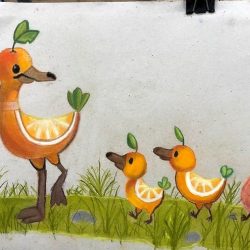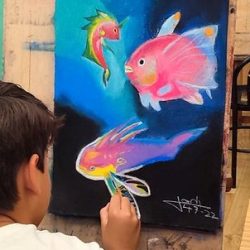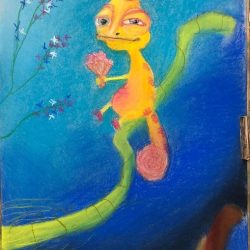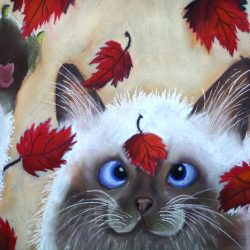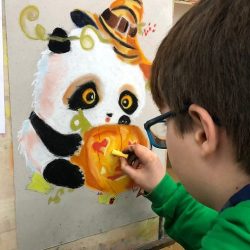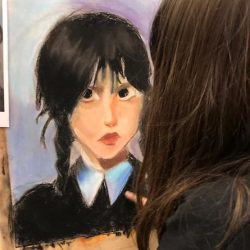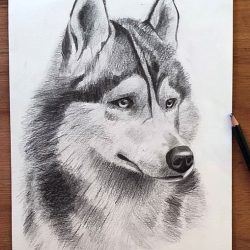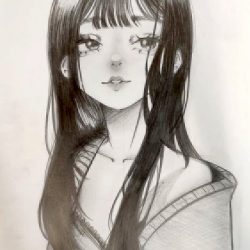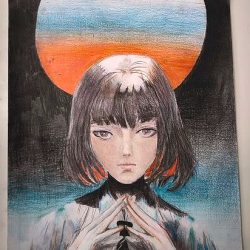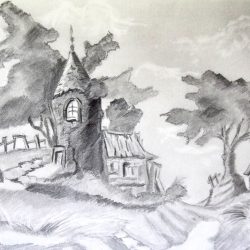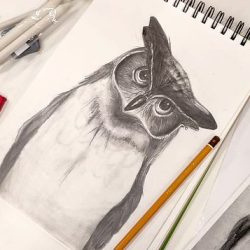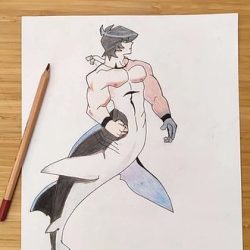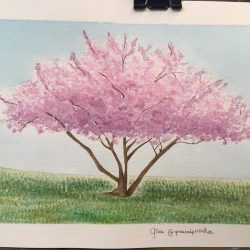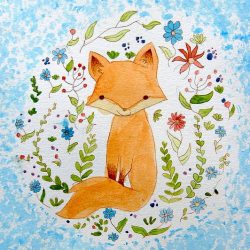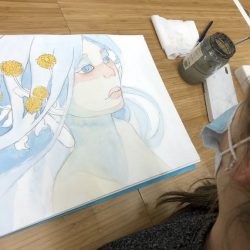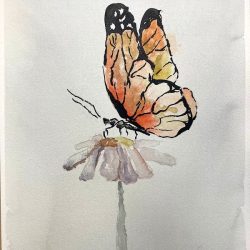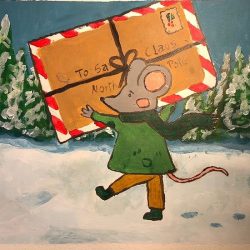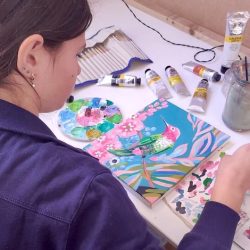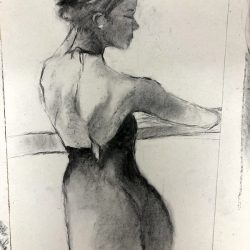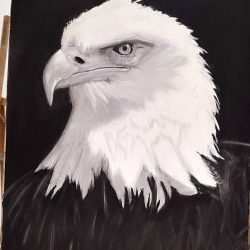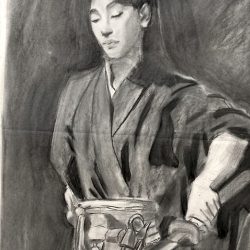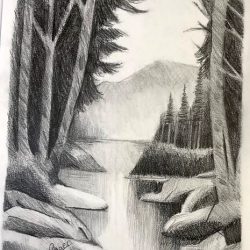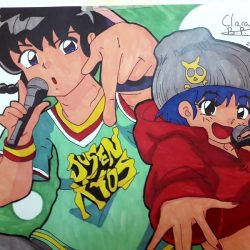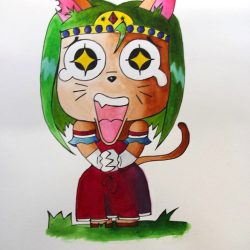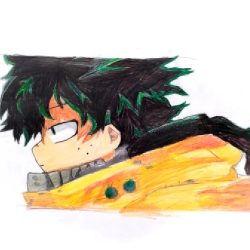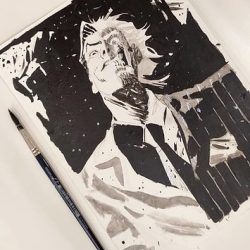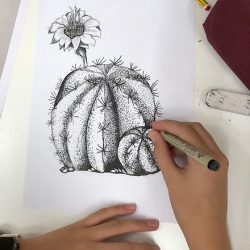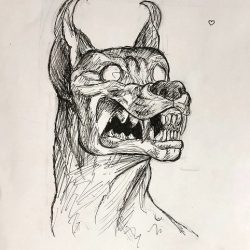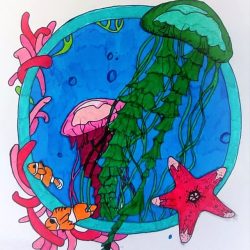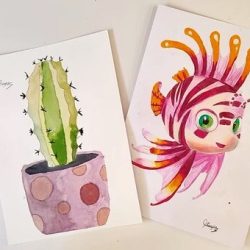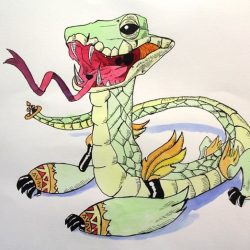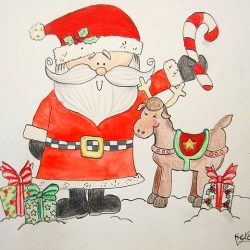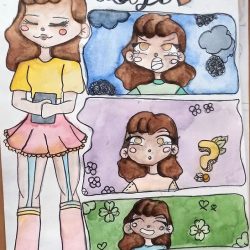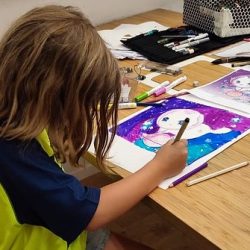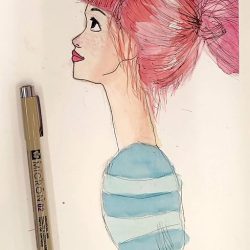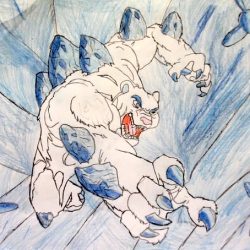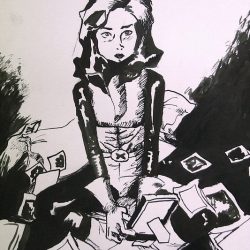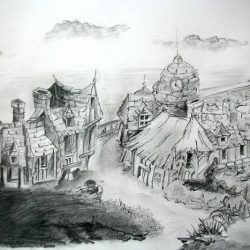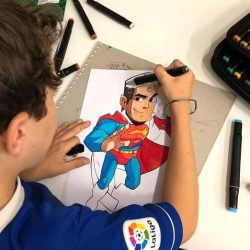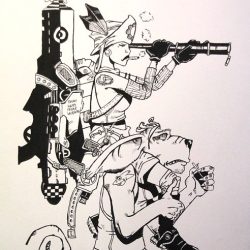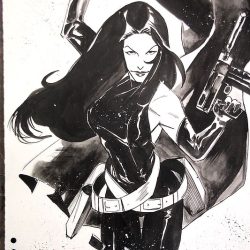932 18 52 57 / (+34) 667 814 167 / (+34) 696 149 989 academiataure@gmail.com
Niños
Los niños descubrirán todas las nociones académicas adaptadas a su edad y capacidades.
El programa de arte para niños permite potenciar las diferentes habilidades necesarias para realizar esta maravillosa tarea que es dibujar y pintar.
¡Todos podemos aprender a dibujar!
(Las clases son de 9 alumnos máximo para un aprendizaje y seguimiento óptimo).
El primer paso es la observación, los niños son guiados en diferentes ejercicios en donde el objetivo primordial es aprender a ver.
Descubren que todo puede realizarse a partir de figuras geométricas, que es la base de cualquier dibujo, sea tradicional, manga, cómic, creación de personajes o realismo.
Logrando sintetizar la estructura, el dibujo se desarrollará de manera más exitosa y placentera!
En el siguiente paso utilizamos ejercicios donde la línea es la protagonista, ejercicios con pocos detalles, formas más grandes y generales.
Es el paso más importante, la línea siendo la forma vital de cualquier dibujo.
La línea expresa la personalidad ,la fuerza y la esencia que tendrán los dibujos.
Después llega el momento de los ejercicios con formas más complejas y detalladas.
El alumno aprende a ver y a dibujar volúmenes, se introducen las escalas de valores, sombras, medios tonos y luces.
Los ejercicios le mostrarán a los niños un mundo de infinidades de posibilidades.
Los proyectos poco a poco se vuelven más complejos y personalizados.
Empezamos la etapa de relacionar formas entre sí, los niños aprenden a ver espacios negativos distancias entre formas y comenzamos la etapa de la estructuración del diseño.
Cuando ya somos conscientes tanto de las herramientas de observación, como de las técnicas pictóricas, empezamos a aprender de tonalidades, combinación de colores, atmósferas, perspectiva…
¡Te enseñaremos los fundamentos de la ilustración y como aplicarla a tus proyectos!
Puedes escoger el curso o perfeccionamiento que más necesitas.
Clase de personalizada, adaptada al nivel de cada niño.
Apúntate en cualquier momento del año.
- a las 17h
- a las 17:30 h
- y las 19h
- a las 10h
- y las 12h
Pastel
Los pasteles son pigmentos en polvo mezclados con la suficiente goma o resina para aglutinarlos formando una pasta seca y compacta, la palabra pastel deriva de la pasta que así se forma, esta pasta se moldea en la forma de una barrita del tamaño de un dedo que se usa directamente sobre la superficie a trabajar (generalmente papel o madera). Son colores fuertes y opacos cuya mayor dificultad es la adhesión del pigmento a la superficie a pintar, por ello suelen usarse al finalizar el dibujo fijadores atomizados (spray) especiales.
Lápiz
Acuarela
La acuarela es un medio de colores diluidos en agua, que produce una pintura transparente y de colores tenues, cuya intensidad varía de acuerdo a la cantidad de agua que agreguemos. La acuarela puede dejar ver el fondo de papel que en este caso se desempeña como el verdadero tono.
Óleo / Acrílico
La pintura acrílica es una resina acrílica soluble en agua mezclada con pigmentos, que secan formando capas resistentes al agua, permite ser utilizada sobre cualquier tipo de soporte, es de secado rápido y no amarillea con el paso del tiempo. Su película es fuerte, flexible y elástica. Permite tanto veladuras como empastes texturados, aunque el espesor de la capa de pintura disminuye un poco debido a la evaporación del agua. Del mismo modo, se puede aplicar también de una forma cubriente tapando por completo lo que hay debajo de ella.
El óleo es una pintura de consistencia aceitosa. Su principal virtud es la propia capacidad de corrección que ofrece este medio y la calidad de los acabados, pues su consistencia oleosa proporciona un matiz de rico color, da cuerpo a cada pincelada, manteniendo la textura del trazo inalterable hasta su secado. Es precisamente la versatilidad de la pintura al óleo lo que hace que su manipulación sea más complicada que otras técnicas.
Carboncillo
La técnica del carboncillo es la primera que aprendemos cuando nos queremos iniciar en las artes. Eso es así porque nos permite aprender a brindar las proporciones de la luz y las sombras. Habilidad básica para la construcción del volumen. Muchas son las personas que mantienen reservas con éste tipo de expresión plástica, en muchos casos, por considerarla como una etapa básica de la pintura.























